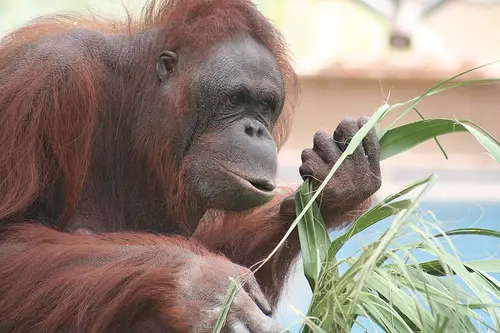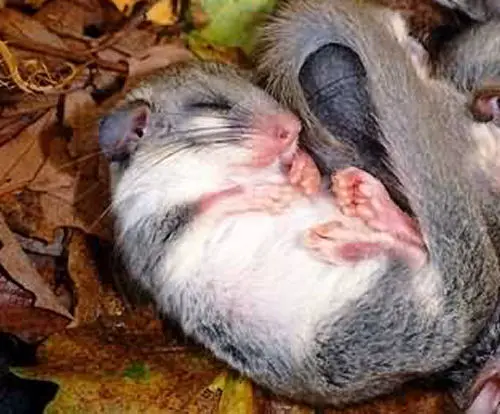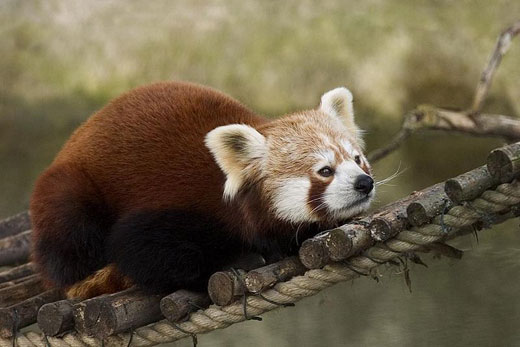Bornean Orangutan
The Bornean Orangutan (Pongo pygmaeus) is fortunate to be one of two members that are exclusively Asian great apes. It is of the Primates order, Hominidae family, Poginae subfamily, genus Pongo. Its claim to fame is that it is the largest animal still living in an arboreal environment, although sadly, it is an endangered animal. It is also referred to as a man of the forest, due to the Malay words “orang” which means man and “(h)utan” which means forest.
Within the Bornean Orangutan species, there are three sub-groups which are grouped by where they live. There are the:
- Northwest Bornean Orangutan (P. p. pygmaeus) which is found in Sarawak in Malaysia and Western Kalimantan in Indonesia.
- Central Bornean Orangutan (P. p. wurmbii) which is found in South West Kalimantan and Central Kalimantan in Indonesia
- Northeast Bornean Orangutan (P. p. morio) which is found in East Kalimantan in Indonesia and Sabah in Malaysia
Physical Appearance
As mentioned above, Orangutans are the largest animals that currently live in the arboreal environment. They have a thick neck, bulky body, long arms, bowed legs but no tail. Unlike regular Great Apes, they have reddish-brown hair instead of black or brown hair.
It is also almost as tall as a human being. According to a study of wild orangutans, males are about 1.2m to 1.4m (4ft to 4.6ft) tall and females are about 1m to 1.2m (3.3 ft to 4 ft) tall. They also have a human-like weight, with males averaging at 75kg (165 pounds). Females weigh 38.5kg (82 pounds) on average.
Another similarity they have to humans are their hands and feet. Just like humans, their hands have a thumb and four fingers. Their feet also have 5 toes each. They can hold items with both their hands and feet. However, unlike humans, their arms are twice as long as their legs. The biggest males have an arm span length of 2m (7.5 ft).
A prominent feature is its mouth area. Adult male orangutans have large cheek flaps which grow as it ages. This feature is to show their dominance in the hierarchy of other male orangutans, and that they are ready to mate.
Habitat and Diet
The Bornean Orangutan lives in the subtropical and tropical broad leaf forests in the lowlands and mountainous areas in the island of Borneo. They live in trees of different heights and move around the trees at large distances to find fruit bearing trees. However, the Bornean Orangutan also travels on the ground.
They eat 317 types of foods. Fruits make up the majority of their diet, at around 65 – 90%. They prefer ficus fruits because they are easily harvested and digested. They also prefer fruits that have a fatty pulp or are sugary. Other than that, they like to eat young leaves, bark, shoots, honey, insects, and bird eggs.
Orangutans are truly smart creatures. Some of them are even so smart that they have been seen trying to catch fish via a spear! They also pick and choose what they forage and their diets are different each month. As juicy fruits are always more popular, bark is only eaten as a last resort when food is scarce.
In addition, they know how to heal themselves. They eat soil or rock to add nutrients in their diet or to help them when they have absorbed a toxic substance or contracted a medical disorder like diarrhea. If a part of their body is inflamed, they use dayflowers (Commelina or Widow’s Tears) as an anti-inflammatory balm.





